What’s In Your Livestock Shed visits state-of-the-art dry-cow house
Finished in March this year, the dry cow house at Greenmount College in Antrim cost half a million pounds and completes the new £2.5m dairy unit constructed a few years ago.
What are the shed’s vital statistics?
The new house measures 40x30m and offers 1,200 sq m of space for 82 cows. It was built on a brown field site adjacent to the college’s main dairy unit.
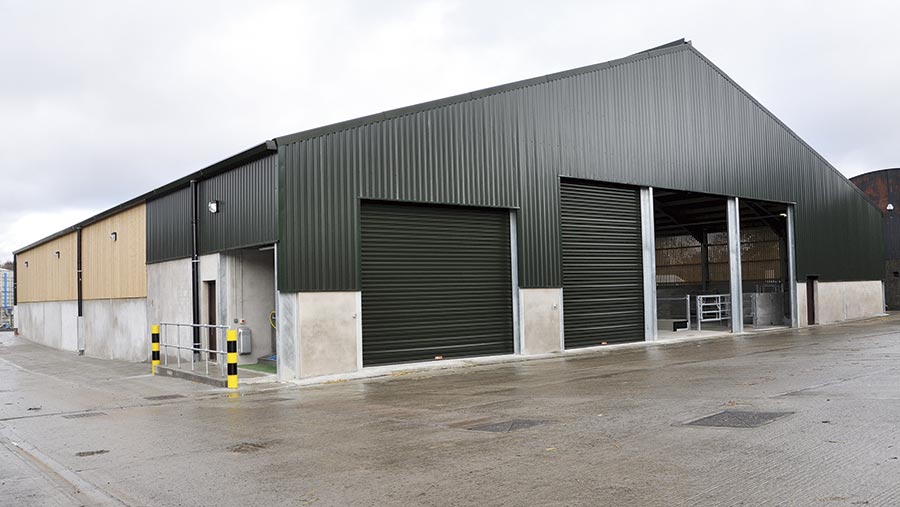
See also: What’s In Your Livestock Shed: A £825k sheep shed
The new unit consists of a single-storey building constructed as a steel-braced-portal frame of traditional pad-and-strip concrete foundation. The roof is clad with fibre cement and translucent sheeting spaced 2.5cm apart.
Inside the house, the floors consist of special concrete slabs made by Creagh Concrete with circular grips cast on to them in order to maximise cattle grip and increase animal welfare.
This building is naturally ventilated and includes a slurry management system incorporating ammonia-emission-reduction technologies.
The ventilation and LED lighting systems were designed to optimise cattle health and productivity.
Slurry management in the building includes the use of Storth rope and chain automated finger floor scrapers which pushes the cattle waste over the concrete flooring into an underground reinforced external concrete tank.
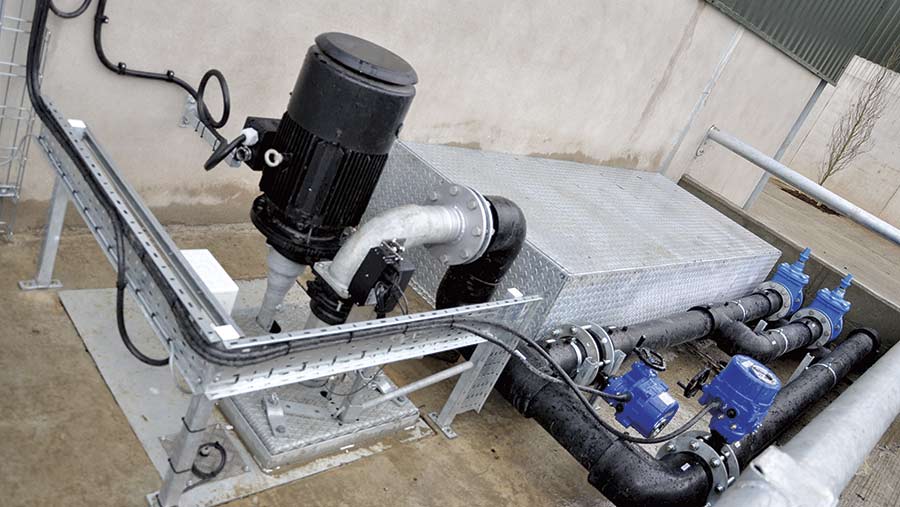
From here it is pumped to existing above ground storage tanks.
Two of the scraped passages are 4m wide and the other two are 3m wide.
The cubicles were supplied by Teemore Engineering in County Fermanagh who also supplied the cubicle mattresses and the management gates.
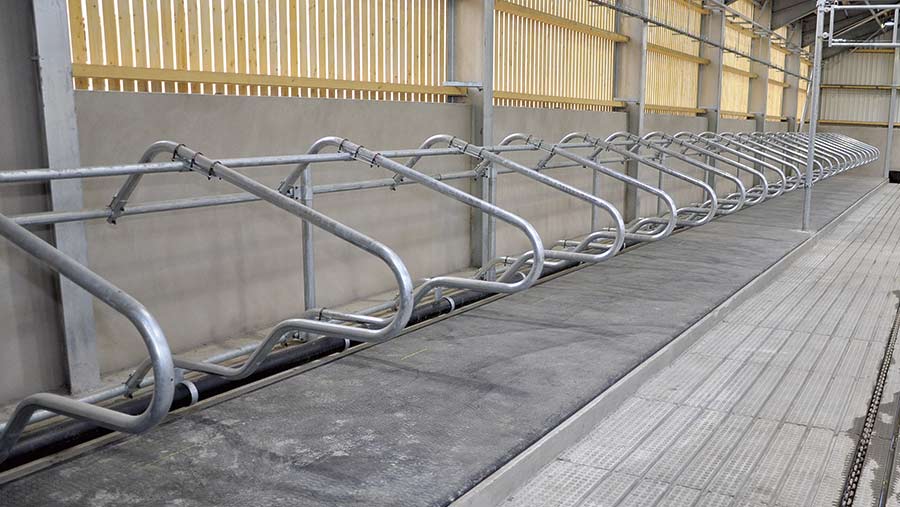
The cubicle bases were constructed at 2.45m long and 1.35m wide to allow enough space for the typical Holstein dairy cow.
Central in the house is a 5m wide feed passage with cow feeding areas on both sides in front of the cubicle accommodation.
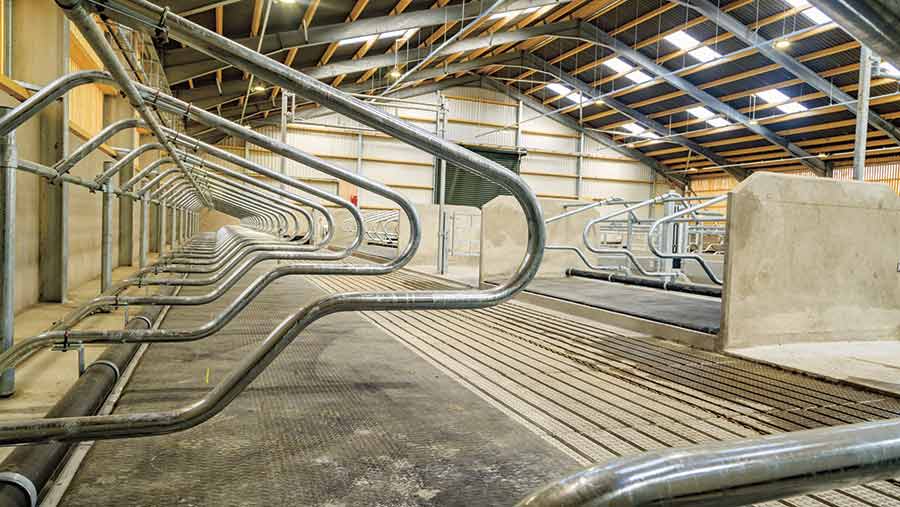
What were the best buys?
In order to manage the movement of cattle within the shed up and over locking gates have been fitted.
These also help the college staff and students work with individual animals in a safe manner should the need arise.
Rainwater is harvested from the roof by an on-site facility, which includes a 3.5m-high and 2.5m-diameter storage tank with distribution unit attached.
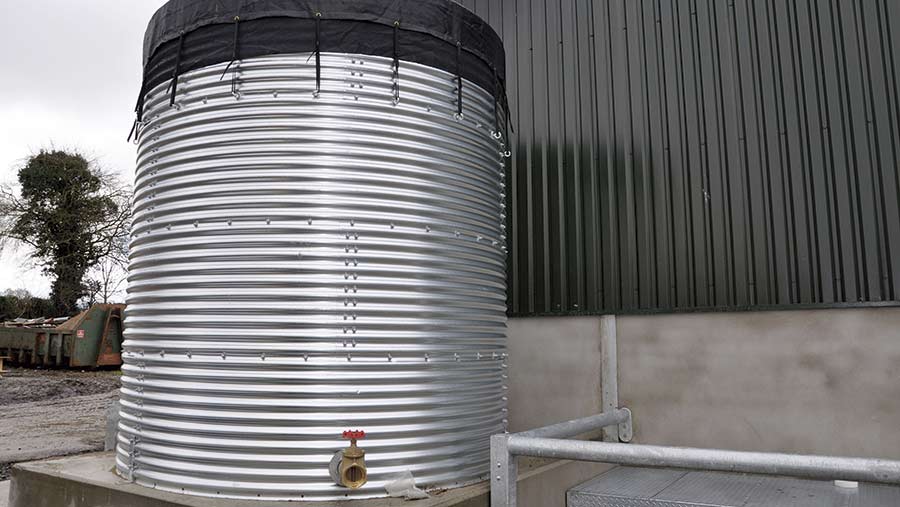
Attention to detail on this build was to the highest degree as even the spouting on the roof had leaf filters fitted to prevent harvested water being contaminated.
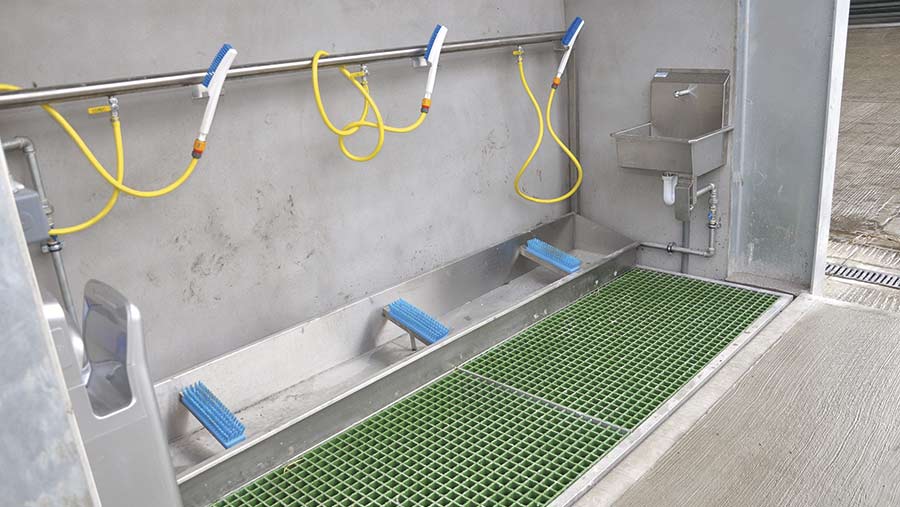
The water is then used for power washing the dry cow unit and for staff to clean their boots prior to entering and exiting the building.
This harvested water is additionally used to flush out the slurry channels connected to the scraper system and flush the channels that pipe the slurry to the main storage unit.
German made Suevia quick-draining water troughs are placed at either ends of the building to give the cows’ free access to drinking water.
All the main doors of the new shed are roller doors operated by electric motors, which also act as extra ventilation on a hot day should it be required.
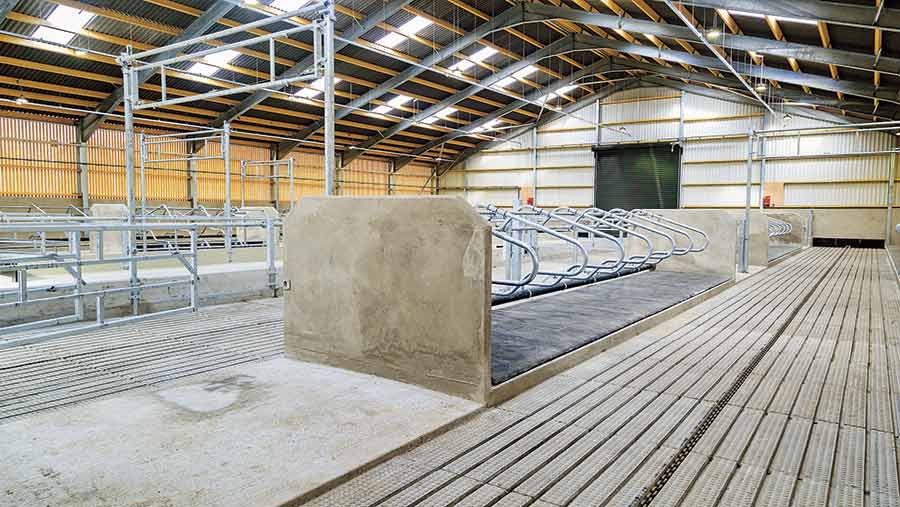
Why was it built?
The existing dry cow house at the college had been originally converted from an old beef house in the farmyard back in the 1970s and its roof had become almost flat over the years due to fatigue.
It was becoming a rather dated building for a modern dairy unit in terms of animal space and could not accommodate feeding the livestock with a diet feeder.
One of the major benefits of this new house is there is a 5m wide central feed passage with cow feeding areas on both sides in front of the cubicle accommodation.
This benefit means the dry cows can be fed with the use of a diet feeder and therefore a total mixed ration.
College staff can now monitor the feed intake of the cows and keep a closer eye on their diets.
Also the new building sits beside the main dairy unit at the college for easy movement of cows between the two buildings.
How do the costs break down?
As with all the college livestock units this one has also been constructed to a high specification due to higher numbers of people, including students, college staff and farmers, entering into it and working within it.
All the work was carried out by Quinn Automatic based in Pomeroy and was completed in March this year following a 22-week build project.
The mats and cubicles came in at a cost of £17,000; the scraper system cost £29,000; and the washing unit for staff and students cost £1,500.
Four German-made Suevia quick-draining water troughs cost a total £1,600 and are placed at both ends of the building to give the cows free access to drinking water.
What are the main benefits?
With the wider feeding passage a diet feeder can now be used to feed the dry cows a more fibrous diet which in turn produces manure with higher solids content.
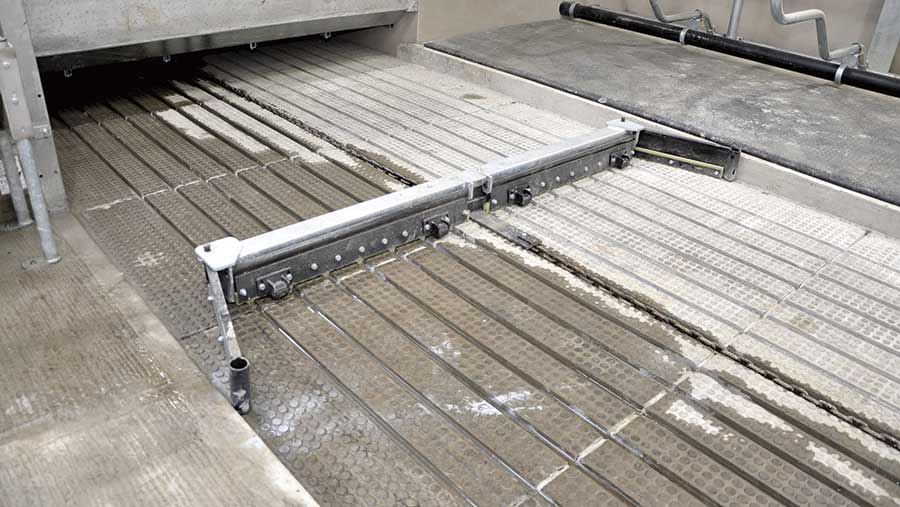
Due to the well-designed layout in the shed, all the cows are easily visible from all areas within the unit.
All the main doors of the new shed are roller doors operated by electric motors which also act as extra ventilation on a hot day should it be required, and keeps the winds and rain out in the winter time.
